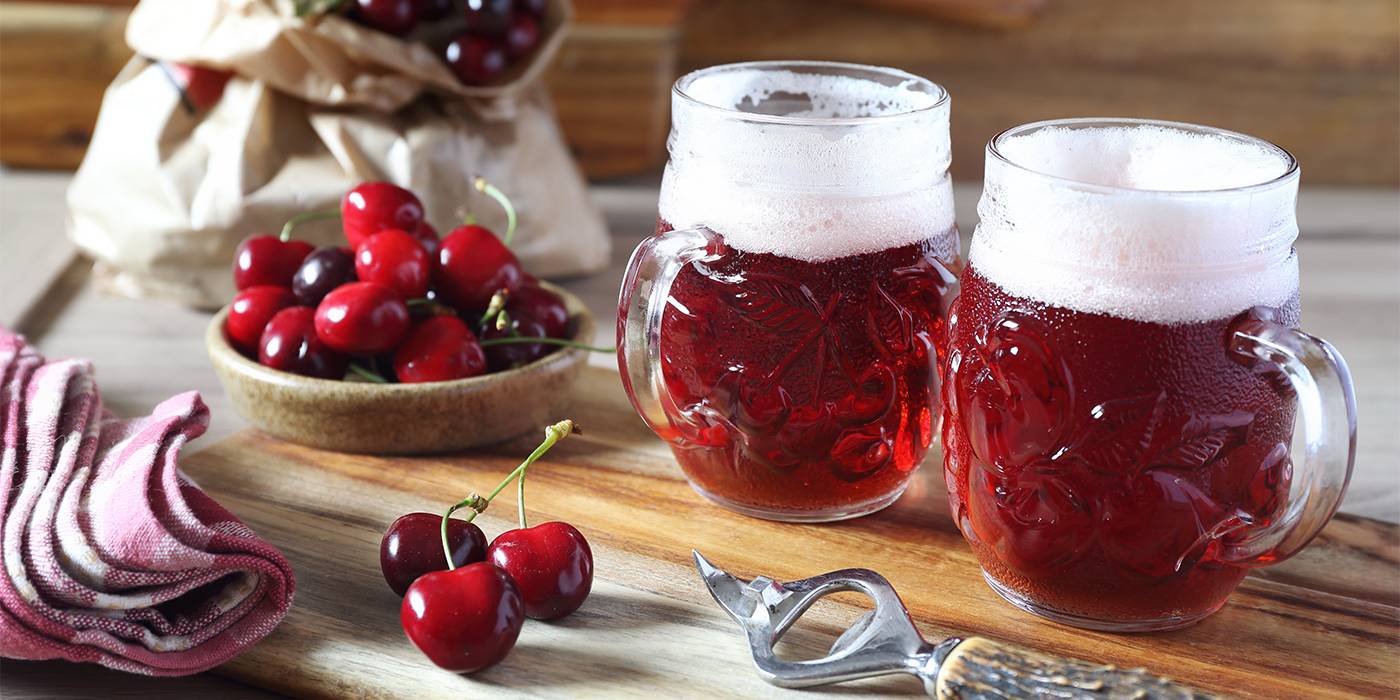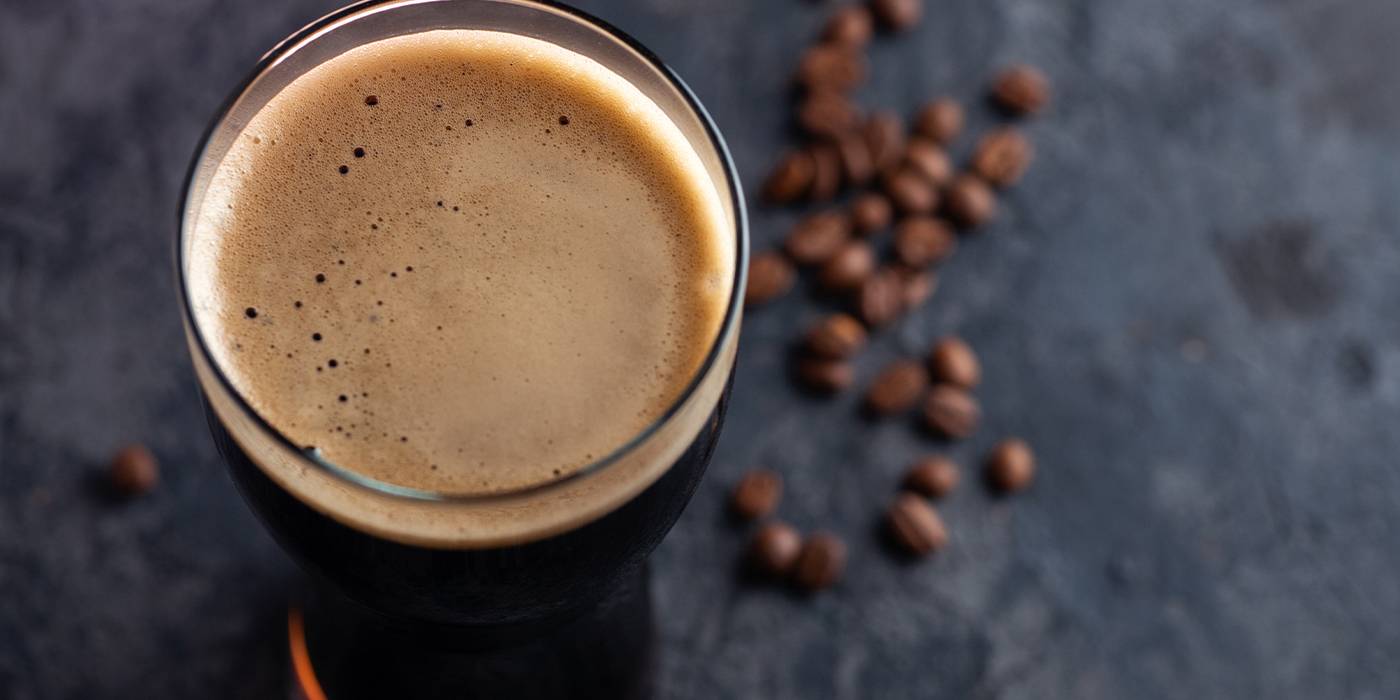Flavor beers: tradition and avant-garde
In this article we talk to you about the different flavored beers that exist and the characteristics of each one. Don't miss this delicious post.

Julio Cerezo - Beer Sommelier
Director of Sabeer Beer Academy
In the Spanish beer ecosystem we have lived for a long time thinking that “beer” was indisputably that blonde, foamy, carbonated beer, which served very cold refreshed our palate and happily accompanied our appetizers.
For a few years now the panorama has been gradually changing, expanding our beer consideration to a few more styles. Thus today any fan knows and recognizes the wheat beers of the German tradition, the Belgian monastic ones, the dark stouts of the British Isles and even the modern IPAs, reborn in the United States at the end of the 20th century.
However, there is still some restrictive thinking when it comes to assessing the authenticity of beers with added flavors through fruits, spices and other ingredients. What may seem to many to be shocking flavors and far from what a beer should have, are actually characteristic of brewing styles with a long tradition.
We are going to list some of the most notable ones here:

- Beers with cherries > the popular Belgian Kriek are acidic beers due to their fermentation with wild yeasts, to which a considerable amount of this fruit is added to make them more accessible to any palate. They usually have a moderate alcohol percentage and an attractive deep red color, which makes them as popular as Mort Subite (4%)
- Beers with raspberries or peach > these are other options from the same Belgian tradition. They offer us slightly sweeter notes than the first ones and therefore are an alternative for the younger public who is approaching beer for the first time. Example: Lindemans Framboise (2.5%)
- Pumpkin beers > were born in the United States due to the need to use other sources of fermentable sugars during years of poor barley harvest. They are now brewed all over the world, are associated with the Halloween holiday and are known as Pumpkin Ales. Example: Tyris Pimpam Pumkin (6.4%)

- Spiced beers > Centuries ago, the use of different spices to flavor and give bitterness to beer depended on their availability in each region. After the spread of hops as the ideal plant for these functions, the use of spices has become an option to provide specific nuances to certain styles. For example, we can add coriander seeds to Belgian wheat beers or find rosemary in unique preparations such as Alhambra Numbered Honey and Rosemary (6.6%).
- Citrus beers > some are very popular among us, such as Radler, which may have soda or natural lemon juice added. Among the latter is Alhambra Radler (3%) which also includes soft notes of cardamom.
- Beers with apple > we can also find references with this flavor such as San Miguel Manzana 00, a non-alcoholic option flavored with this fruit
- Beers with coffee or cocoa > we can find any of these two products added to dark beers, in which the intense roasting of the malts already provides similar notes, which are reinforced with this extra contribution. Example: Founders Breakfast Stout (8.3%)
In short, a wide range of options to explore with your mind and palate wide open, to enjoy simple and complex flavors, moderate or intense profiles, and alcoholic contents ranging from zero to almost double digits.
Cheers!
What do you think about?
Share comments, opinions and tricks with the Community







